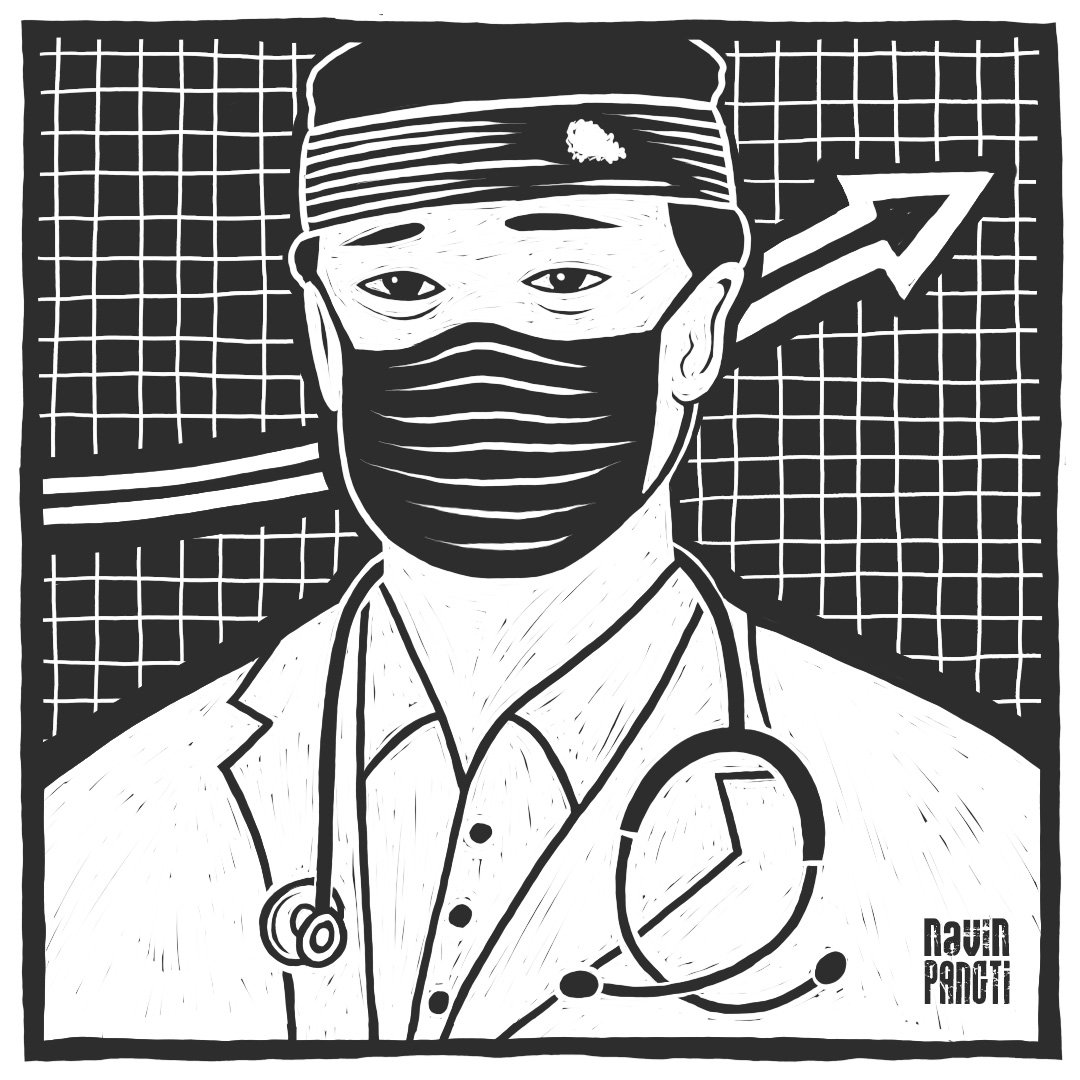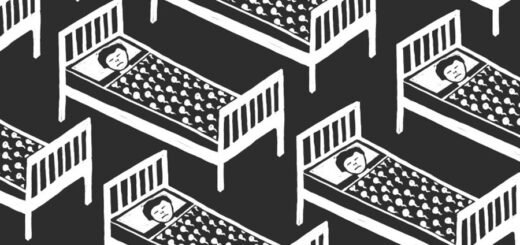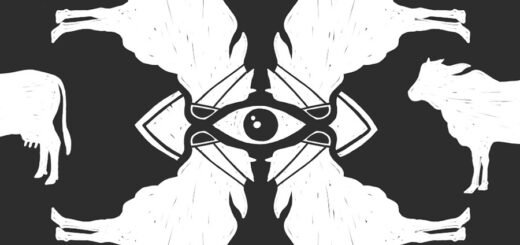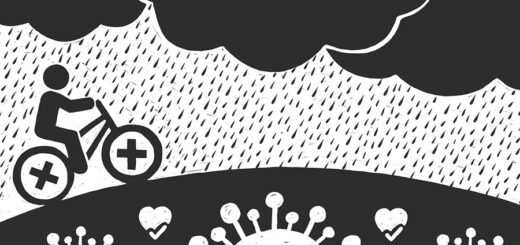Epidemic Diseases Ordinance simplified. Some questions amplified
While rewriting the Ordinance in plain English, I realised that if government wants, new laws can be enacted within a matter of days. A serious issue not getting ‘lawfully’ addressed is suggestive of unwillingness, not lethargy.
While I got down to rewriting The Epidemic Diseases (Amendment) Ordinance, 2020 in plain English, I was not able to focus well on the document. Yes, the indents are haphazard, there is no visual grouping of content, there is no hierarchy of information, text is confusing and boring, and the content is laid out in the worst possible way. But that was least of my concern. I got seriously worried about the way we govern ourselves, or get governed.

Even while our healthcare service personnel are risking their lives dealing with Covid19, there seem to be a rise in cases of harassment and violence against them. As a society, we hit the rock bottom when a doctor, who succumbed to Covid19, was denied a safe and dignified burial by a mob. When the government failed to intervene (or decided not to), his colleague had to bury him with his own hands, in the dead of the night.
The outrage of the medical fraternity led the Indian Medical Association (IMA) to announce on April 20, 2020 that doctors and hospitals will observe a White Alert, followed by a Black Day. For the White alert on April 22, 2020, all doctors and hospitals were to light candles as protest and vigil. IMA declared that if the government failed to take necessary action even after the White Alert then the doctors will observe Black Day on April 23, 2020. On this day all the doctors would wear black badges to work.
On April 22, 2020, IMA withdrew the protest as the government passed an ordinance to check the violence against healthcare personnel. This ordinance amends The Epidemic Diseases Act, 1897.
While the ordinance seems to address the major concerns of healthcare service personnel, it also amplifies some questions that have been regularly raised by the citizens and civil society. Some of these questions are as follows –
- The violence against the healthcare personnel is nothing new. In fact the culture of violence has only increased over the past few years. As this ordinance is an amendment to the Epidemic Diseases Act, its provisions will be applicable only when the Epidemic Diseases Act is in force. What stops the government from enacting a law with wider applicability?
- Even a common citizen was aware that healthcare personnel were facing harassment and violence almost every day, and that things were not getting any better. Since over a month, everyone knew that an urgent intervention was needed. How come the government did not know that? And if it knew, why did it wait for an outrage or threat?
- What stops any government from having a proactive approach towards governance? Isn’t a delayed reactive approach equivalent to tacit support for various illegalities?
- Why do governments wake up and react only when the matters become worse? It has been experienced that governments act quickly on matters that directly involves or impacts them, or their fraternity and ‘loved’ ones. So does this finally boil down to them versus the rest?
- Why is the government unwilling to address the core issue of mob violence? Isn’t violence against healthcare service personnel and lynching part of the same sub-culture?
- Why is the government unwilling to address other major issues that demand similar urgency? For instance, hate crimes, which is also a part and parcel of the same sub culture.
This ordinance clearly proves that if the government wants to, it can enact a law within a matter of days. This essentially means that if a matter is no getting ‘lawfully’ addressed then it is primarily due to the unwillingness of a government to do so. Unwillingness to ensure the rule of law almost amounts to a tacit support for lawlessness.
Prior to sharing the plain English version of the ordinance, I cannot stop myself from mentioning that it is high time we start writing gender neutral laws as a standard process. It is a prerequisite of a mature democracy. To compensate for this flaw in the original draft, this plain English version has been rendered gender neutral.
The ordinance in plain English
The ordinance amends the Epidemic Diseases Act, 1897. As the parliament is not in session, the president approves the ordinance as the current circumstances demand immediate action.
This ordinance is called The Epidemic Diseases (Amendment) Ordinance, 2020, and comes into force immediately.
A new section inserted in the original Act defines ‘act of violence’ as the following actions committed against healthcare service personnel serving during an epidemic –
- Harassment that impacts living or working conditions of the healthcare service personnel and prevents them for discharging their duties
- Harm, injury, hurt, intimidation or danger to their life, within or outside the premises of a clinical establishment
- Obstruction or hindrance in discharge of duties by healthcare service personnel, within or outside the premises of a clinical establishment
- Loss or damage to any property or documents in the custody of healthcare service personnel
Healthcare service personnel means a person who is carrying out his or her epidemic related responsibilities by being in direct contact with affected patients and thereby under risk of being impacted by the disease. This includes any public or clinical healthcare provider such as doctor, nurse, paramedical worker and community health worker. This also includes any other person who is empowered under the Act to take measures for prevention and spread of the disease, or is declared healthcare service personnel through gazette notification by a state government.
The term ‘Property‘ includes clinical establishments (as defined in Clinical Establishments (Registration and Regulation) Act, 2010), facilities identified for quarantine and isolation of patients during an epidemic, mobile medical unit and any other property in which healthcare service personnel have a direct interest in relation with the epidemic.
The Act states that no person shall indulge in any acts of violence against healthcare service personnel or cause any damage or loss to any property during the epidemic. All the offences committed under the act are cognizable and non-bailable.
(Cognizable offences are those in which police can make an arrest without a warrant and start investigation with or without the permission of the court. Non-bailable offences are serious offences where bail is a privilege and can be granted only by the court.)
All the cases registered under this Act are to be investigated by a police officer not below the rank of Inspector. The investigation is to be complete within thirty days of the registration of First Information Report (FIR).
Anyone who commits, provides assistance, or encourages an act of violence against healthcare service personnel or is involved in damage/loss to any property shall be punished with imprisonment for a term not less than three months, extendable to five years, and a fine not less that ₹50,000, extendable to ₹200,000. However, these offences can be compounded at behest of the victim, with permission of court. Compounding an offence means offsetting a punishment against a monetary consideration.
An act of violence against healthcare service personnel causing grievous hurt (as defines in section 320 of Indian Penal Code) shall be punished with an imprisonment for a term not less that six months, extendable to seven years with a fine not less than ₹100,000, extendable to ₹500,000.
(The term grievous hurt is defined in section 320 of the Indian Penal Code as emasculation, permanent or major loss of sight of any eye, permanent or major hearing impairment of any ear, permanent or major injury to any member or joint, permanent disfiguration of the head or face, fracture or dislocation of a bone or tooth, and any other hurt which endangers life, causes severe bodily pain, or disables the sufferer from following ordinary pursuits for a period of twenty days.)
In case of grievous injury, the court shall presume that the accused has committed the offence unless proven otherwise. For the prosecution of the accused, if it is required that he or she has a culpable or blameworthy mental state (intention, motive, knowledge of fact and belief in a fact) then the court shall assume the presence of such mental state unless proven otherwise, through facts that can be proven beyond reasonable doubt. A fact cannot be established merely on the principles of probability.
In addition to the punishment for an offence, the convicted person shall also be liable to pay compensation. The amount shall be determined by the court. In case of damage or loss of property, the compensation payable shall be twice the amount of fair market value, or as determined by the court.
If the convict fails to pay the compensation then the government shall recover the same through land revenue, under the Revenue Recovery Act, 1890. This means recovery of money through sale of property owned by the convict.
Inquiry or trial for offences registered under this Act is to be held expeditiously. When the examination of witnesses begins, it has to be continued on day to day basis till the time all available witnesses are examined. However, the court can adjourn the trial if there are valid reasons for the same, which are to be duly recorded. The courts have to make sure that the inquiry or trial is concluded within a period of one year. If case of a delay, the judge shall record the reasons for the delay and extend the inquiry/trial for a period not more than six months at a time.
The ordinance has been rewritten in plain English so that a common reader can easily understand the provisions of the act. This text, or any part of it, cannot be quoted as reference in any legal or official communication. For litigation purposes, the bare act has to be quoted which is available at The Gazzette of India.















The article is informative and raises right questions. However, I don’t quite understand why a separate law is needed to protect ‘anyone’ from getting beaten up? Isn’t IPC enough? Or is it that IPC has no section as such to deal with public outrage leading to grevious hurt or homicide?
technically IPC does cover almost all crimes of this nature. separate laws are needed for specific and more stringent interventions when when the ordinary provisions fail to act as a deterrent. though ‘law as a deterrent’ itself is a controversial topic 🙂